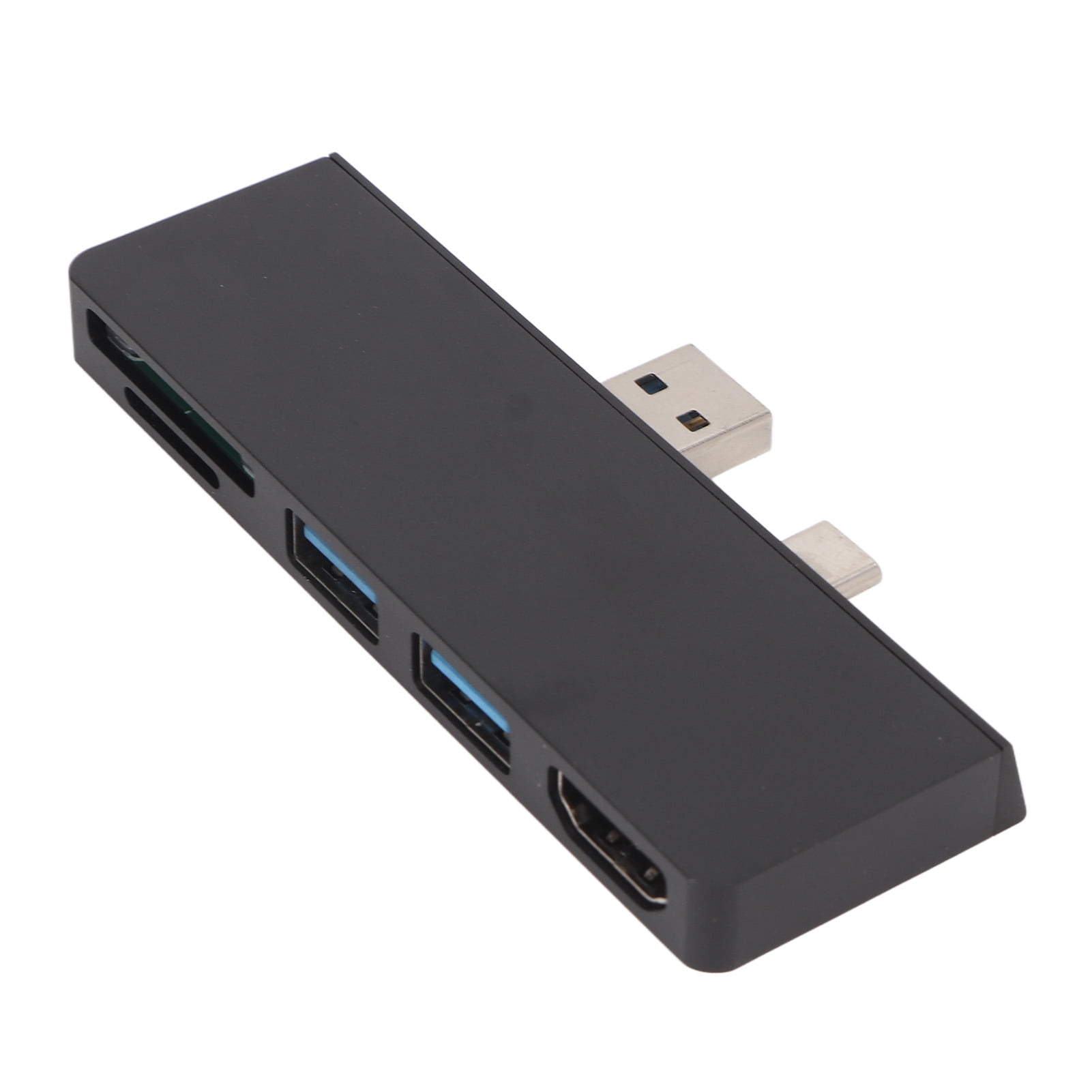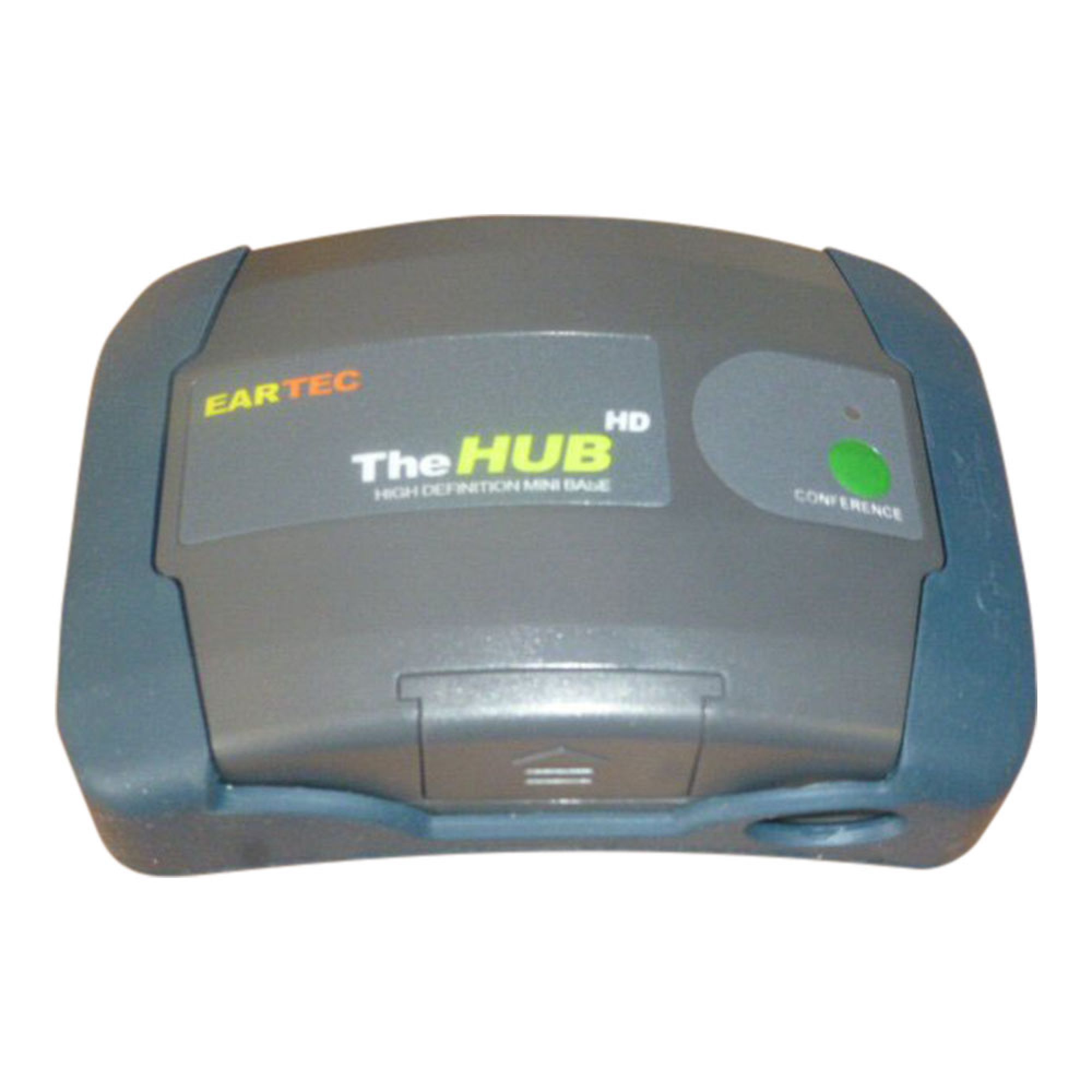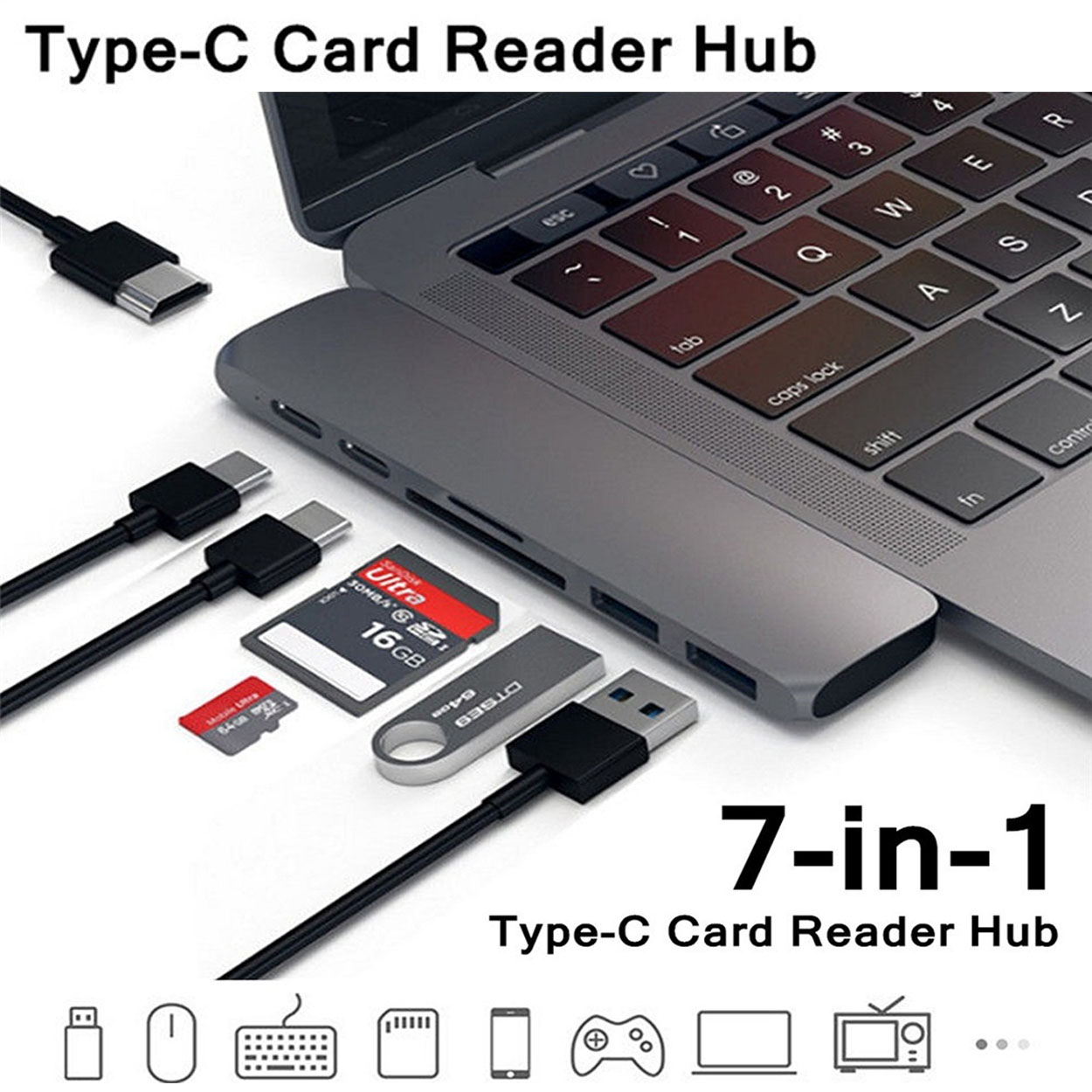HD Hub 4K - Your Guide To Super Clear Content
Thinking about getting into the world of super clear pictures and sound? Perhaps you've heard whispers about "HD Hub 4K" and are wondering what all the fuss is about. It's a pretty big deal for folks who really care about how their movies, shows, and even everyday videos look on screen, you know, just really, really sharp. This kind of visual experience is something many people are starting to look for, especially as screens get bigger and better in our homes.
When we talk about "HD Hub 4K," we're really talking about a central spot or a way to get content that's incredibly detailed, far beyond what many of us grew up with. This means pictures that are so crisp, it feels like you could reach out and touch what's on the screen. It's a jump from good to truly amazing, and it changes how we see our favorite stories and moments. So, it's almost like stepping into a new way of seeing things.
This idea of "4K" goes hand in hand with something called Ultra HD, which is a set of rules for screens to make sure they show pictures with a massive amount of tiny dots, making everything look super smooth. We're talking about screens that have millions more pixels than your old television, making a huge difference in how clear everything appears. It's a shift that's been happening for a bit, making high-quality viewing more common.
Table of Contents
- What Exactly Is HD, and What Makes 4K So Special?
- The Visual Leap - From HD to 4K in Your Hub
- How Does Your Gear Handle HD Hub 4K Content?
- Getting Your Display Ready for HD Hub 4K
- Finding Your Way to HD Hub 4K Goodness
- Exploring Content Options for HD Hub 4K
- Keeping Your HD Hub 4K Experience Smooth
- Making Sure Your Storage Is Ready for HD Hub 4K
What Exactly Is HD, and What Makes 4K So Special?
When folks talk about "HD," they are usually thinking about something called HDTV, which stands for High Definition Television. This phrase simply means "high clarity television" in everyday language. So, if you're looking at a video online and it says "HD version," it means the video came from a high-clarity television source, which is pretty neat. This kind of picture has a good amount of detail, much more than older standard television pictures, that's for sure. It’s a step up, offering a clearer look at things on your screen.
The Visual Leap - From HD to 4K in Your Hub
Now, while HD, or 1280 by 720 pixels, was a big improvement, there's also something called Full HD, or FHD, which means 1920 by 1080 pixels. This offers even more tiny dots on the screen, making the picture look a little bit sharper. But when we get to 4K, or Ultra HD, that's where things really change. The people who set the rules for these things, like the CEA, say that a screen needs to have at least eight million active pixels, which means 3840 by 2160 dots, before it can be called "Ultra HD." This is a whole lot more detail packed into the picture. It’s like going from seeing things clearly to seeing every single tiny bit of something, which makes a huge difference to your HD Hub 4K viewing experience. You might actually notice the difference right away, that's for sure.
How Does Your Gear Handle HD Hub 4K Content?
You might wonder how your computer or other devices manage to show all these super clear pictures. Well, a lot of computers, especially laptops, have something called Intel (R) HD Graphics. This pretty much means the graphics part is built right into the main computer chip. These kinds of graphics parts usually do a good job for everyday things and for starting to show pictures on your screen. Their ability to handle really detailed pictures can change a bit, depending on things like how much memory your computer has and how fast that memory works. So, in some respects, it's quite flexible.
Getting Your Display Ready for HD Hub 4K
When you're trying to get that amazing 4K picture from your computer onto a bigger screen, like your television, there are ways to do it. For instance, Windows computers, starting with Windows 8.1, have a built-in way to send what's on your screen wirelessly to another display. Microsoft calls this "wireless projection," and it uses something called Miracast. This means you can show your HD Hub 4K movies or pictures on a larger screen without needing a bunch of cables, which is pretty handy. It makes sharing what you're watching with others a lot simpler, you know, just very easy to set up.
Finding Your Way to HD Hub 4K Goodness
So, where do people go to talk about and find out about these kinds of high-quality pictures and content? There are places like Zhihu, which is a big online spot in China where people ask questions and share what they know and their thoughts. It started in 2011 with the main goal of helping people share knowledge and find answers to their questions. It’s a place where you can find honest, skilled thoughts on all sorts of topics, including, you guessed it, details about high-clarity viewing. You might even find some good discussions about HD Hub 4K content there, which is interesting.
Exploring Content Options for HD Hub 4K
When it comes to getting the actual files for your super clear HD Hub 4K viewing, there are different ways people go about it. One common method involves using what are called "magnets" or "DHT" (Distributed Hash Table) with torrents. These tools let you get a small file, often called a "seed file," which then helps you download the bigger content file from other people who have it. It’s a bit like a shared network where everyone helps each other get the content they want. This is a very popular way for many to get their hands on large video files, as a matter of fact.
Keeping Your HD Hub 4K Experience Smooth
Getting your hands on super clear content is one thing, but making sure your devices can handle it well is another. For example, a mid-range graphics card today, like the 5060, is a really good choice for playing games or watching content at 2K resolution with good picture settings. Most games will run well with high picture quality at 2K. When we talk about 4K, the demands on your computer's graphics part are even greater. It’s important that your computer has enough strength to show all those millions of pixels without getting bogged down. So, it's pretty much about having the right tools for the job.
Making Sure Your Storage Is Ready for HD Hub 4K
Big, clear files take up a lot of room. Whether you get a brand new storage drive or a used one, it's a good idea to check it carefully with special tools. People who build their own computers often do a slow, full check of the whole drive. Some popular tools for doing this include HDTune, DG, MHDD, and Victoria. These programs help you make sure your storage is healthy and ready to hold all those large HD Hub 4K videos without any trouble. It’s a small step that can save you a lot of worry later on, that's for sure. A healthy drive means your content plays without a hitch.



Detail Author:
- Name : Hazel Ryan
- Username : gkuvalis
- Email : bill.dietrich@gmail.com
- Birthdate : 1985-01-31
- Address : 66891 Lesch Vista North Amara, ID 20703-1927
- Phone : (731) 762-5311
- Company : Boehm-Bednar
- Job : Human Resources Assistant
- Bio : Quia sequi autem voluptatem soluta. Soluta vel sit iste totam iste doloribus. Ut sint ipsum molestias eum.
Socials
tiktok:
- url : https://tiktok.com/@jerrold.gottlieb
- username : jerrold.gottlieb
- bio : Eum autem nobis recusandae expedita enim occaecati possimus.
- followers : 6171
- following : 920
linkedin:
- url : https://linkedin.com/in/jerrold_gottlieb
- username : jerrold_gottlieb
- bio : Et commodi occaecati fuga.
- followers : 4648
- following : 2741